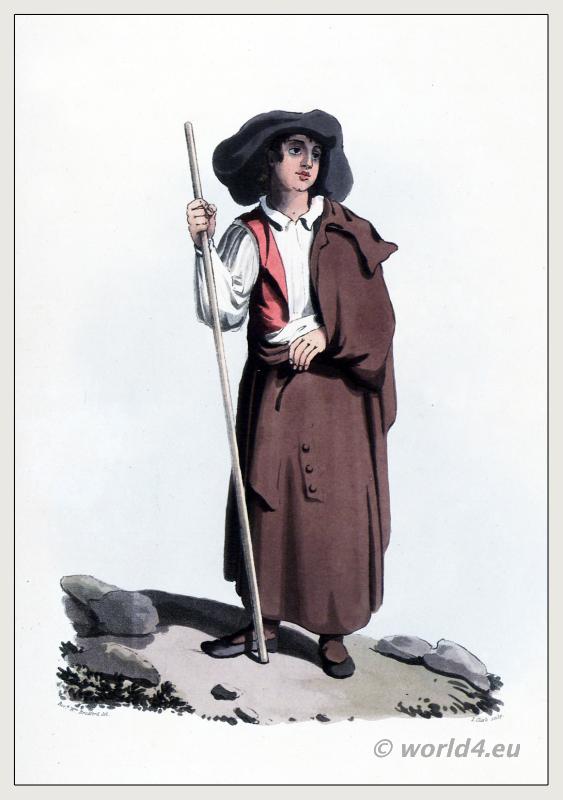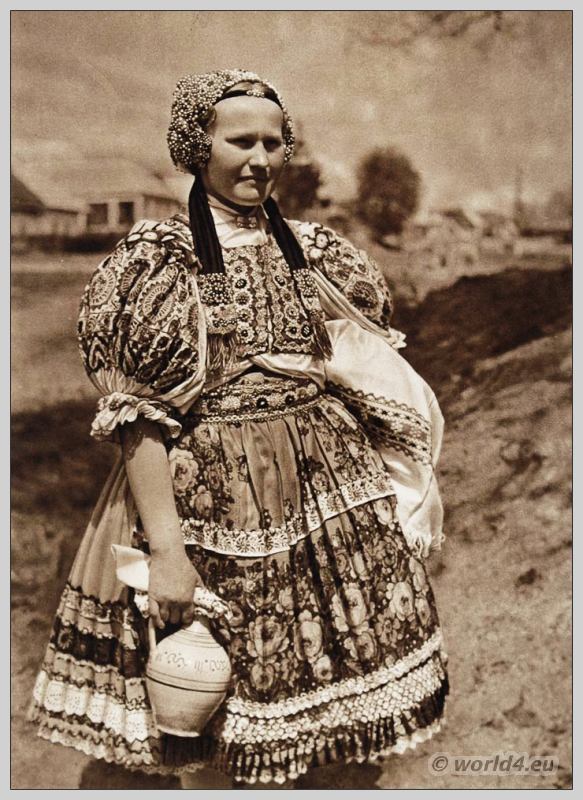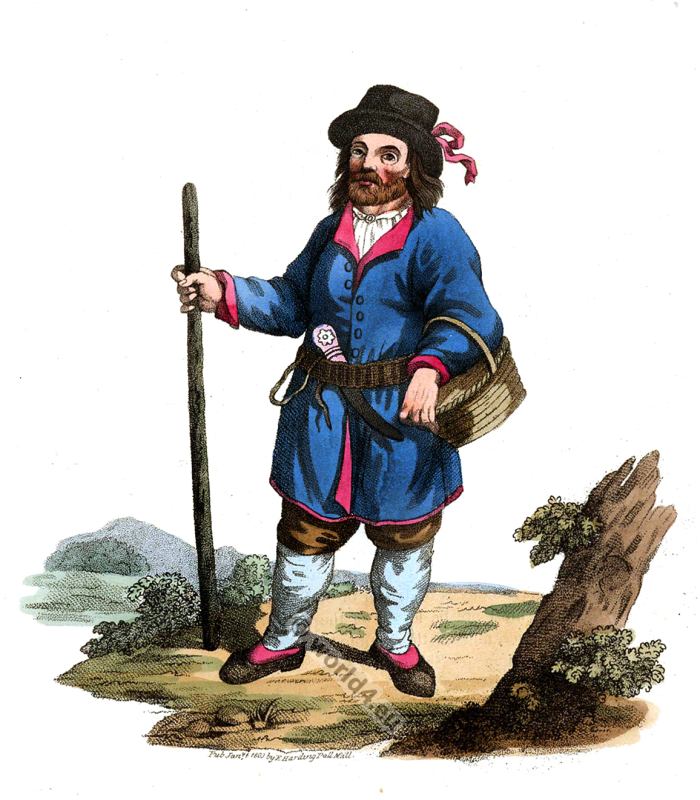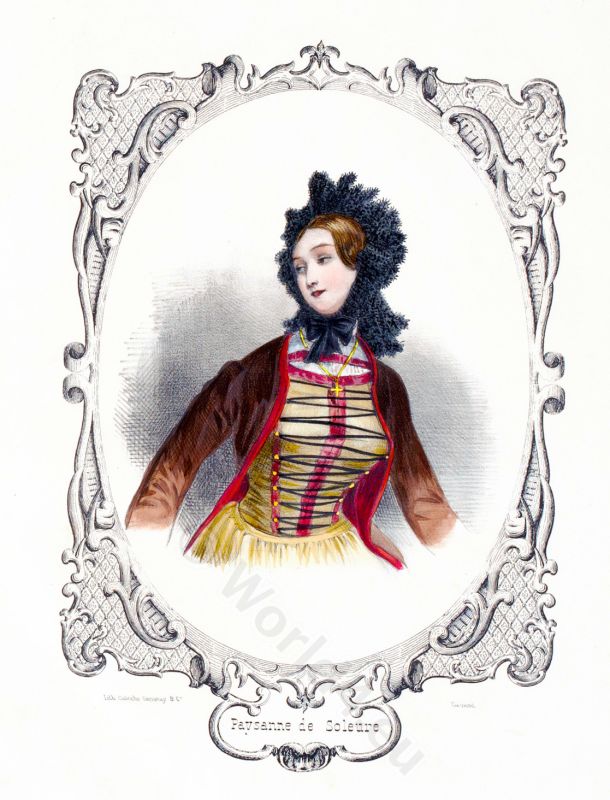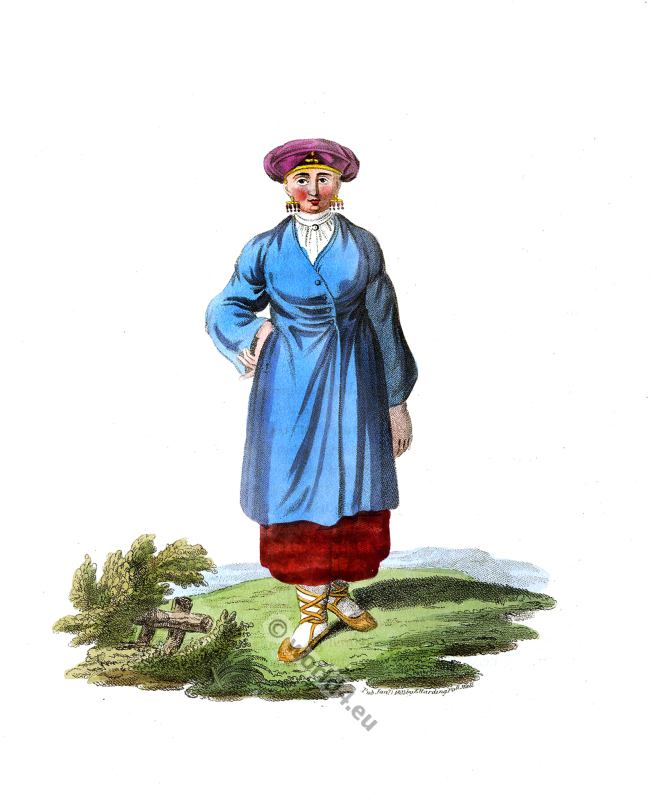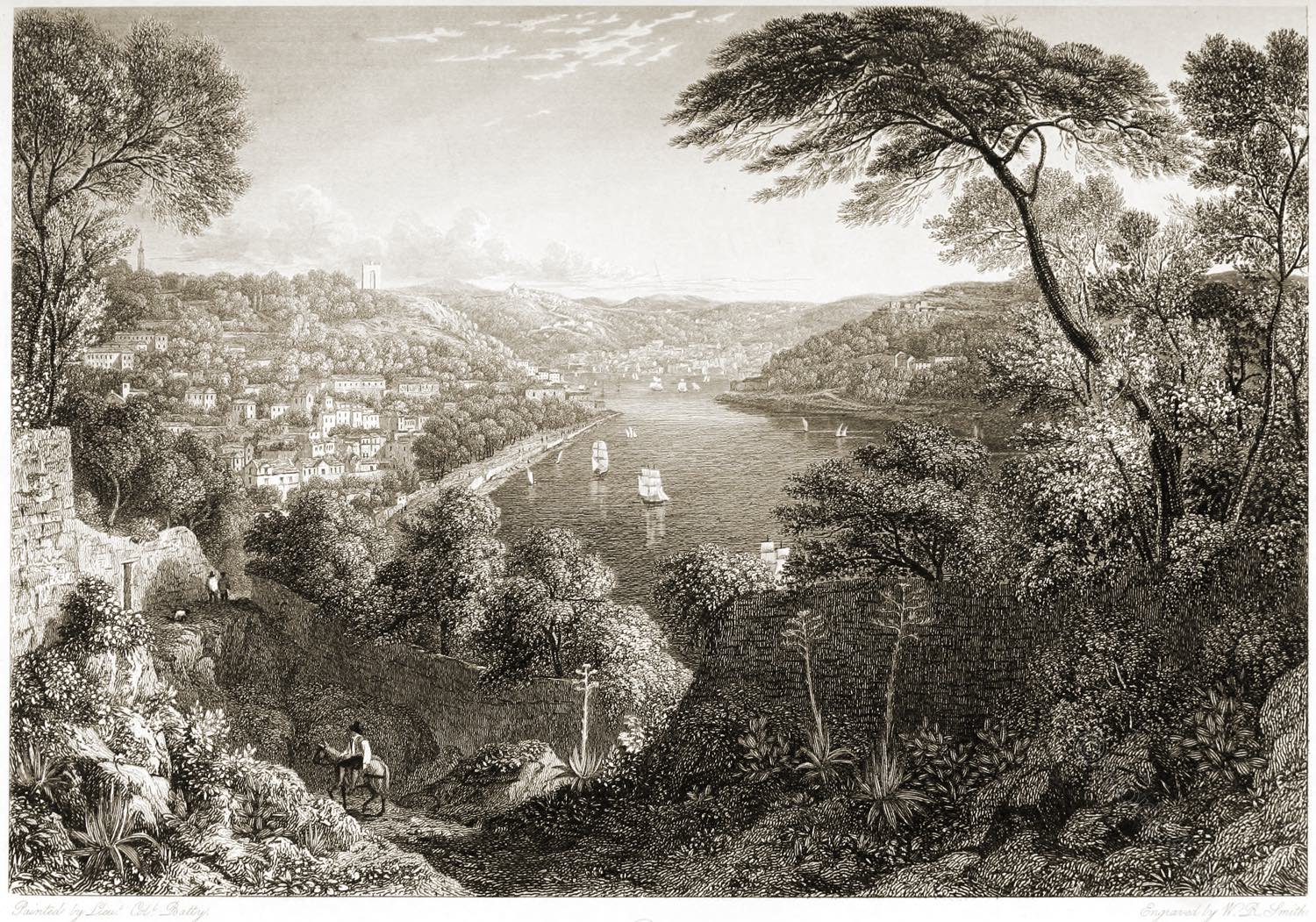Peasant boy of Nisa, Portugal 1808.
IN this district a variation is observable in the dress of the peasantry, and bespeaks the contiguity of the Spanish frontier. Instead of cocked hats, which are so general in Estramadura, round ones with immense brims are used, turned up at the sides, or brought over the face, according to the fancy of the wearer. Cloaks of dark brown are here generally worn.
Nisa is a Portuguese village in the District of Portalegre, Alentejo region and intermunicipal community of Alto Alentejo. The district is agricultural, especially cattle breeding, cereal and vegetable cultivation, and the production of cork and olive oil are worth mentioning here. The thermal springs and the local cheese speciality, the protected sheep’s cheese Queijo de Nisa, are known throughout the country. The local arts and crafts are also well-known, especially pottery and embroidery. The Museu do Bordado e do Barro (Museum of Embroidery and Clay), housed in the historic prison building, is dedicated to these local traditions.
Besides handicrafts, tourism has also gained in importance, especially in the form of individual tourism, for example in rural tourism establishments. However, the most important asset of the local tourism is the thermal spa Termas da Fadagosa de Nisa. It is known for the therapeutic power of its healing springs. A wide range of rehabilitation and wellness facilities, from health centres and spas to hotels and a campsite, are an important factor in the district’s tourism.
Source: The Peninsula War. Sketches of the country, character, and costume, in Portugal and Spain, made during the campaign, and on the route of the British Army, in 1808 and 1809.
Discover more from World4 Costume Culture History
Subscribe to get the latest posts sent to your email.

